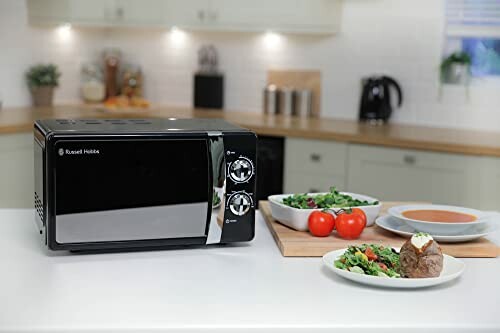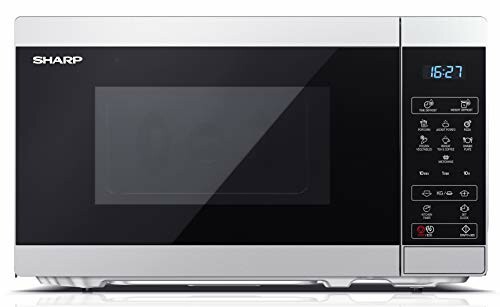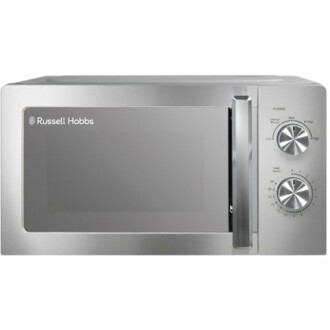
How to Make the Most of Your Microwave's Efficiency
Key Takeaways
- Use appropriate containers to optimize cooking time and energy consumption.
- Pay attention to microwave wattage and adjust cooking times accordingly.
- Utilize the defrost function wisely to save time and energy.
- Regular cleaning enhances performance and longevity of your microwave.
- Experiment with different cooking methods for the best results.
Microwaves are a staple in most modern kitchens, offering quick and efficient ways to prepare food. However, many users overlook how to use their microwaves to maximize efficiency. From the choice of containers to understanding wattage, this guide will provide practical tips for making the most of your microwave while saving energy and time.
Understanding Your Microwave's Efficiency
To achieve optimal efficiency from your microwave, familiarize yourself with its key features:
| Feature | Description |
|---|---|
| Wattage | Determines how quickly food cooks. Higher wattage means faster cooking. |
| Capacity | Refers to the interior space available for cooking. Know your microwave's size to choose suitable containers. |
| Power Levels | Allows for customized cooking settings depending on the dish you're preparing. |
Choosing the Right Containers
Keeping your microwave clean and maintaining its efficiency requires appropriate container choices.
- Use microwave-safe glass or ceramic containers.
- Avoid metal and aluminum, which can cause sparks.
- Choose lids that are vented to allow steam to escape.
Container Examples
| Material | Usage | Best Practices |
|---|---|---|
| Glass | Heating and reheating food | Ensure it’s oven-safe and cover with a vented lid. |
| Ceramic | Cooking casseroles | Use for oven-safe dishes with heat-resistant coatings. |
| Plastic | Covering food | Only use microwave-safe plastic, avoid high heat materials. |
Maximizing Cooking Power
Microwave performance can vary based on different cooking methods. Here are some tips:
- Use a turntable: Ensures even cooking by rotating food.
- Stir and rotate: Manually stir food midway through cooking to enhance cooking efficiency.
- Cover food: Trapping steam can cook food faster and retains moisture.
Exploring Microwave Features
Modern microwaves come with various features that enhance efficiency:
- Defrost function: Useful for thawing meat or frozen meals without cooking.
- ECO mode: Reduces power usage when the microwave is not actively cooking.
- Multiple power settings: Allows for fine-tuning based on food type.
Regular Maintenance Tips
Maintaining your microwave can greatly improve its efficiency:
Tips for Maintaining Your Microwave
- Clean spills immediately to prevent buildup.
- Wipe down the interior with a mild cleaner regularly.
- Check seals and door alignments for proper closures.
Recommended Microwaves for Efficiency
Investing in an energy-efficient microwave can significantly enhance your energy savings. Here are our top picks:
Russell Hobbs RHMM701B 17 Litre Microwave
This stylish microwave features 5 power levels and a defrost setting, making it ideal for cooking convenience.
Learn MoreSHARP YC-MS02U-S 20 Litre Microwave
An efficient microwave with 11 power levels and an ECO mode perfect for small kitchens.
Learn MoreRussell Hobbs Stainless Steel Microwave
This powerful 800W microwave combines efficiency with a sleek design, perfect for any kitchen.
Learn MoreConclusion
Taking the time to understand and optimize your microwave can lead to greater energy efficiency and better cooking results. By following these practical tips and selecting the right equipment, you can save time and resources. For more tips on energy-efficient appliances, check out our Tips and How-to Articles section.



